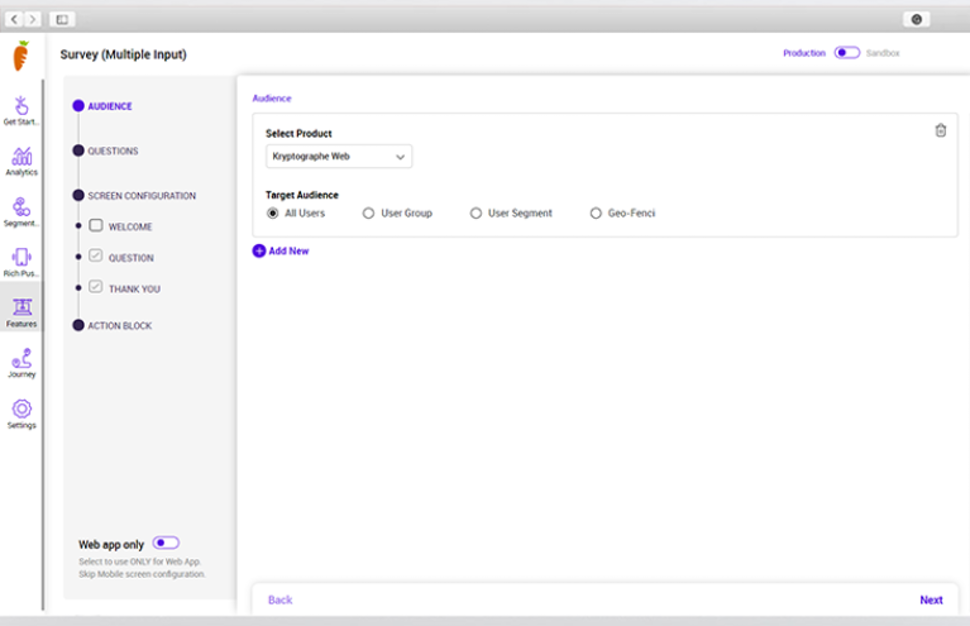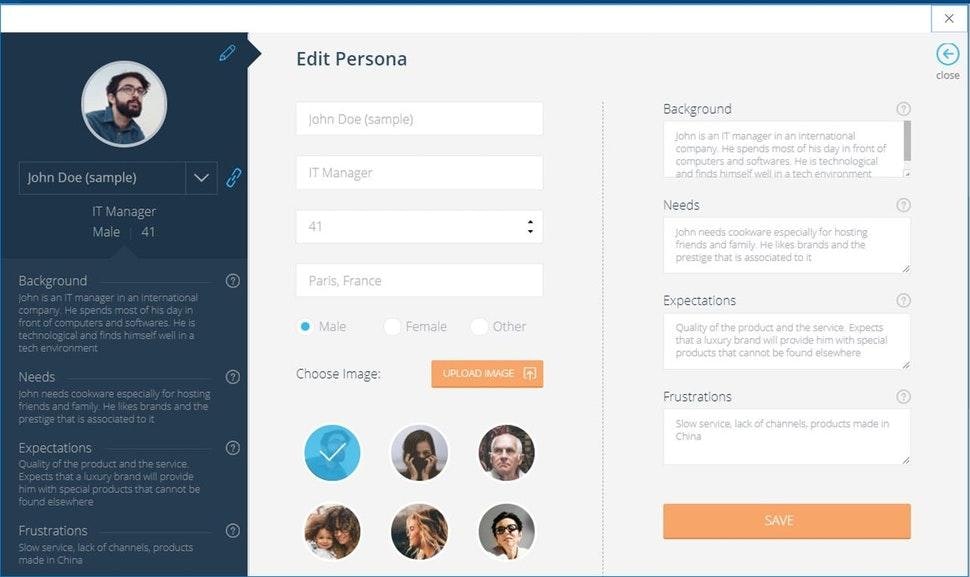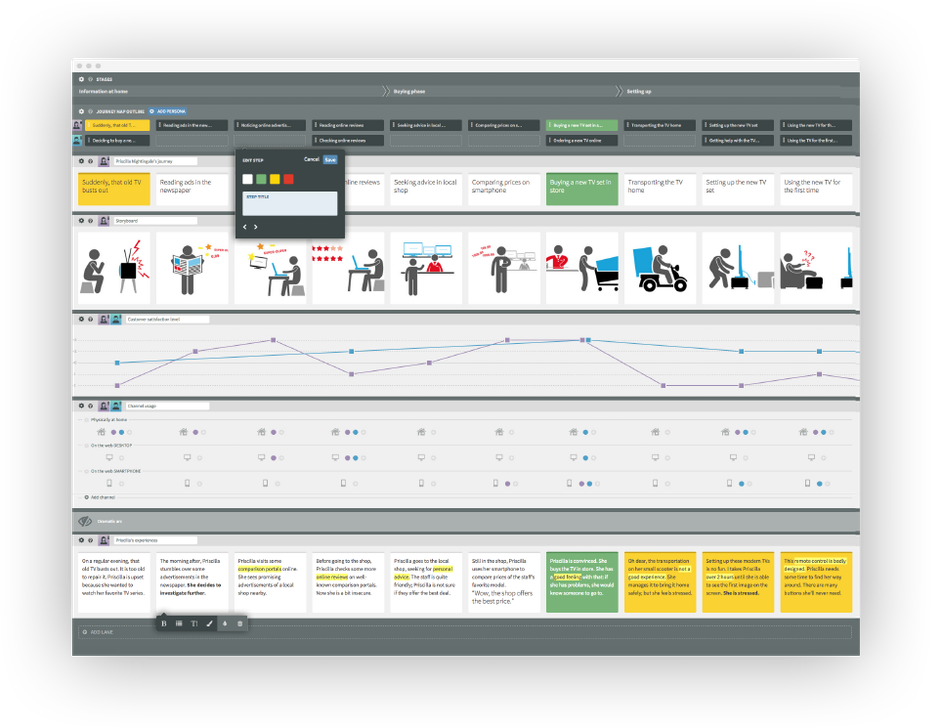5 Tips for Listening to—and Understanding—Your Customers
When it comes to building your online presence, one of the most important things to consider from the start is customer experience (CX). In person, you can rely on good customer service to do a lot of the heavy lifting, but when your customers are interacting primarily with a website or social media, you lose some of the human connection. That’s why understanding your customers is the first step in making a good CX plan.
That’s where this guide comes in. Using some combination of these five tips will unlock a deeper understanding of your customers and what drives them, which will improve your overall customer service, increase retention and repeat business, and drive traffic to your website through word of mouth.
Keep in mind that you don’t need to adopt all five tips—the most important thing is that you make the effort to actually listen. Simply implementing a few of these tips and making adjustments until you find your ideal combination will have a huge impact on your business.
5 ways to listen to your customers
A big part of understanding your customers comes from analyzing and collecting good data about them, and some of these might sound complicated. Don’t panic though; if you’re not a math wizard, customer experience software exists that will help you do the heavy lifting.
1. Collect effectiveness data
If you’re not already running customer surveys to determine what your customers like and don’t like, you’re leaving valuable data on the table.

SmartKarrot’s survey creation tool (Source)
Some of the most important customer data can be gathered with the following surveys:
Net Promoter Score (NPS): NPS measures how likely your customer is to recommend your brand to someone else, which gives insight into satisfaction and loyalty.
Customer Satisfaction Score (CSAT): CSAT is a direct measure of customer satisfaction, usually in relation to a specific interaction or experience.
Customer Effort Score (CES): CES measures the amount of effort customers had to expend to achieve a particular goal.
By incorporating these measurements into customer surveys, you can better understand your customers’ feelings of loyalty, satisfaction, and effort. All three of these are time-tested methods of surveying customers and are valuable when planning new strategies to attract and retain customers.
If you’re curious about NPS software, check out our category page, and read Tech Answers: What’s a Good NPS Score for more information about NPS.
2. Create customer personas
Customer personas are deliberate, data-driven profiles of your target customer or the customer you feel best represents your brand. Your company may want or need more than one persona, but you should focus on your most valuable customer types first and foremost.

CEMantica’s persona creation tool (Source)
Don’t just guess about your persona. A persona is more than a list of common characteristics; it should be driven by data and be as specific as possible and help you visualize the wants, needs, behaviors, and motivations of your customer.
You’ll want to think beyond basic demographic information like age, gender, income, or geography type. Instead, focus on psychographic (e.g., values, opinions, aspirations), transactional (e.g., purchase histories, service records), and behavioral (e.g., engagement on your website or social media profiles) information for a richly built persona.
Luckily for you, you won’t have to start from scratch if you’re using CX software.
For some tips and tricks about how to create the best person possible, check out the Tips for Creating Better Buyer Personas.
3. Complete a customer journey map
Understanding your customers’ journey is vital if you want to help them actually reach your product. Since customer journey planning isn’t one-size-fits-all, you need to be thorough and adaptable in your map-making.
By creating buyer-focused customer journey maps that center the customer experience and leave enough room for personalization, you can increase your conversion rate, nurture your current customers, and develop future business strategies.
The process of building a customer journey map is an act of empathy; you should put yourself in your customer’s shoes and imagine their actions and feelings along the way. Much like developing personas, you shouldn’t create your map out of guesses and your imagination; it should still be grounded in data.
By the end of the journey mapping process, you should have a deeper understanding of gaps or flaws in the customer experience and your customer’s motivations, desires, and feelings throughout.

Example of Smaply’s customer journey map tool (Source)
Many types of CX software have built-in customer journey mapping tools to help you consolidate and implement the data you’re already collecting to help you start.
If journey mapping is something you’re interested in doing for your business, check out the specific journey mapping software that exists.
4. Supplement with outside data
There are also ways to learn more about your customer using data from outside of your company. Contextual data in business draws on facts from the broader environment, including social media, news, events, weather, market changes, demographic changes, or geography.
Customer-centric, contextualized experiences based on the customer journey are becoming the competitive differentiator for the future of customer experience.
Melissa Davis, Gartner analyst
Contextual data can improve your customer experience strategy by incorporating information from outside of your organization. By looking outward at the broader environment and lives of your customers, you can strengthen big-picture decision-making and improve customer interaction-level experiences with these “new types of analysis and data sources.” (Full article available to Gartner clients.)
With the growing popularity of smart and/or wearable devices, many people are already benefiting from context data-driven CX in their everyday lives. Siri, Alexa, and Google Home learn to provide better suggestions based on previous behavior.
You can apply the same principles to your CX strategy. If your area is affected by extreme seasonal weather, you might need to promote different products during those times. If you have the contextual data ahead of the problem, you’re more likely to succeed to meet the demand. Likewise, knowledge of an upcoming event could trigger promotions or personalized offers for customers in a particular area.
You can source contextual data from third-party businesses or organizations, such as market research firms or vendors. There is also a wealth of publicly available data from government sources, such as the U.S. Census Bureau or Bureau of Labor Statistics. A variety of customer experience-related software can also aid your gathering of outside data.
Want to improve your data analytics? There’s data analysis software specifically designed to help.
5. Use a voice-of-the-customer (VoC) program
According to Gartner, VoC programs “collect, aggregate, and provide the means to analyze direct feedback from surveys and interviews, indirect feedback from social media and customer care interactions, and inferred data such as web analytics and behavioral data.” (Full article available to Gartner clients.)
Basically, you’ll want to have a program set up that focuses on the more intangible aspects of how your customers are feeling rather than relying solely on hard data. Some of the best places to get the information necessary for your VoC program is customer complaints (either in person or through online reviews), customer surveys, employee feedback, company reviews, interviews, and social media.
Understanding and implementing a VoC program is crucial to helping you better understand how customers experience your business which will lead to higher customer satisfaction and greater word of mouth referrals.
Luckily for you, plenty of reputation management software and survey software are out there to help you gather this sometimes intangible data.
Customer experience software gives you control
Many customer experience software solutions can address any or all of the above listening approaches, from managing surveys and multichannel listening to visualizing the customer journey.
By consolidating customer experience information into a single CX dashboard or hub, your organization can conduct more efficient analyses and see a fuller picture of your customers.
And if you’re looking for a place to start, we’ll help you find the right software for your needs and budget through one-on-one conversation and personalized recommendations. In as little as 15 minutes, our software advisors can help you pick the right software for your business needs, so you can feel confident in your choice. Schedule a call or click here to chat with a software advisor now.